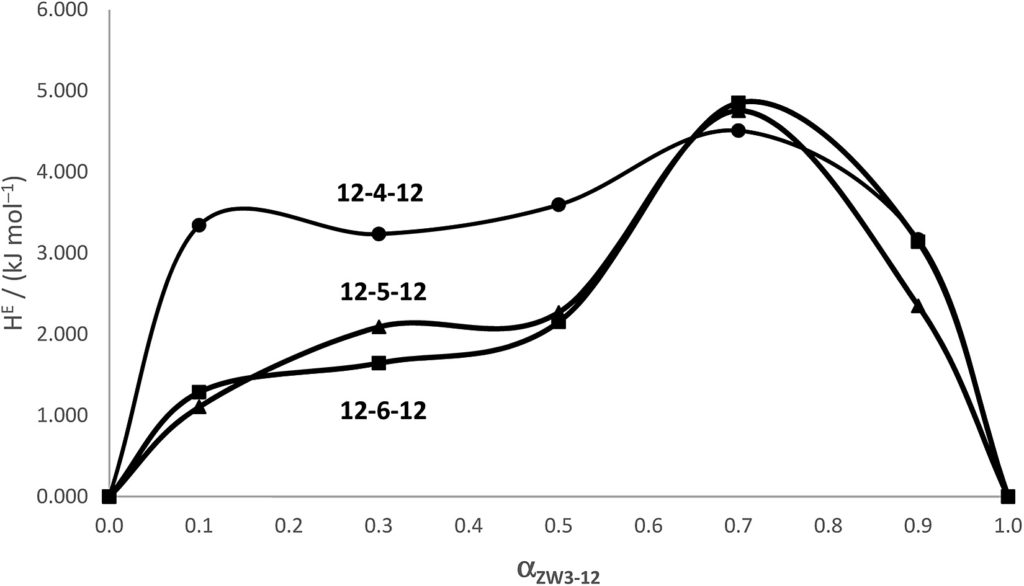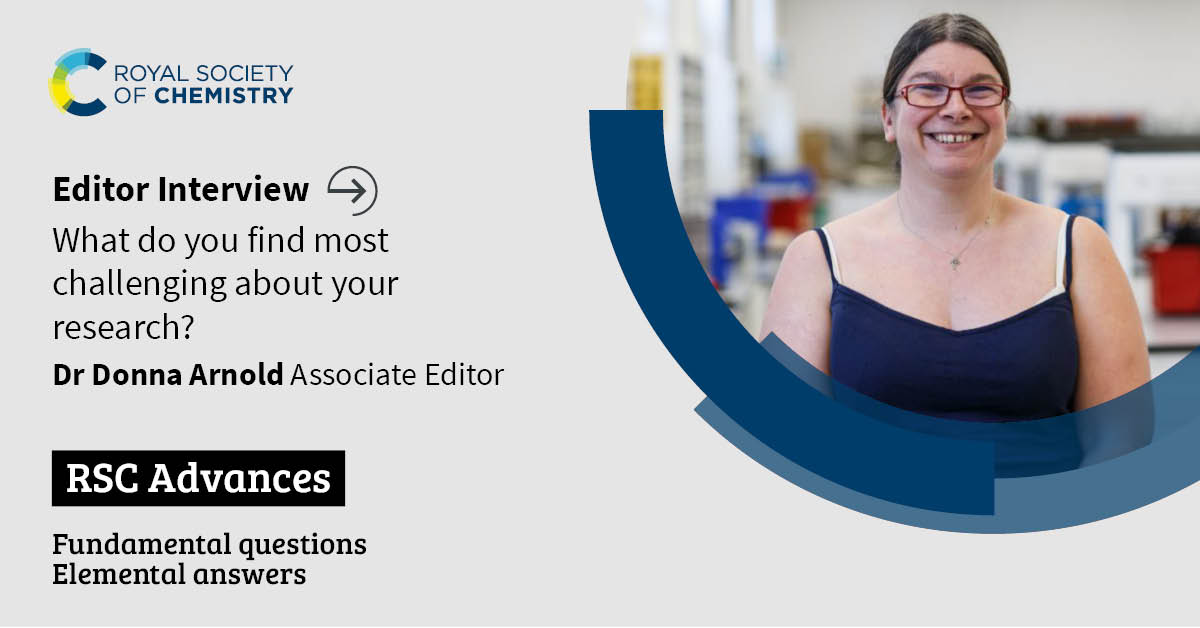We are very pleased to introduce Dr Selma Leulmi Pichot, the corresponding author of the paper ‘Versatile magnetic microdiscs for the radio enhancement and mechanical disruption of glioblastoma cancer cells‘. Her article has been very well received and handpicked by our reviewers and handling editors as one of our February HOT articles. Selma was kind enough to tell us more about the work that went into this article and what she hopes to achieve in the future. You can find out more about the author and their article below and find more HOT articles in our online collection.
Meet the Author
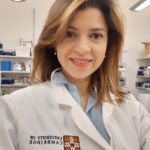
Selma Pichot completed her undergraduate engineering degree in Biology at the University of Algiers (Algeria), before moving to France for a Research Master in Nanosciences, with a focus in Nanobiotechnologies. After completing a PhD in Physics for life science at the University of Grenoble in 2014, she took up a research associate position with Professor Cowburn at the University of Cambridge to work on the use of magnetic micro and nanostructures for biological and biomedical applications.
Could you briefly explain the focus of your article to the non-specialist (in one or two sentences only) and why it is of current interest?
Our article describes the use of a new type of magnetic microparticle to improve the treatment of glioblastoma multiforme, the most aggressive form of brain cancer.
How big an impact could your results potentially have?
Our results demonstrate that we have powerful tools that can efficiently contribute to improve the current treatment of glioblastoma. Moreover, when used as an adjunct to surgery, the magnetic microdiscs have the potential to shorten the course of radiation therapy in countries where access to radiation therapy is scarce.
Could you explain the motivation behind this study?
Glioblastoma is the most aggressive form of brain cancer, with a median survival for diagnosed patients being 12-15 months with actual treatment modalities. With such a terrible prognosis, we believe current advances in magnetism and nanotechnology could provide new insights to open up the current bottlenecks in the treatment of this devastating disease.
In your opinion, what are the key design considerations for your study?
To conduct such a study, we must first have microdiscs that have perfectly controlled magnetic behavior. This includes the fact that they do not agglomerate in liquid, and that they can deliver significant forces when activated by a magnetic field, in order to destabilize the internal structures of cancer cells. Another important element is the fact that the microdiscs must be able to reach a suitable cellular location to enhance the effect of the radiotherapy very locally, at the intracellular level.
Which part of the work towards this paper proved to be most challenging?
The first challenging aspect of this work is to construct high quality magnetic microdiscs with the specific desired properties. The microdiscs are fabricated by the deposition of ultra thin films of alternating layers of magnetic and non magnetic materials. Inspired by processes often used in the manufacture of MRAM magnetic memory devices, we control these film thicknesses with sub-nanometre resolution. Another important part of the work was in the optimisation of the experimental parameters for the in vitro testing with the cancer cells to ensure that our testing methodology was robust.
What aspect of your work are you most excited about at the moment?
At the moment, I am very excited in using cutting edge physics to solve current challenges in areas like cancer biology and more recently, in microbiology. There are also a variety of new directions that would be very interesting to explore in the field of neurobiology and the treatment of neurodegenerative diseases for example.
What is the next step? What work is planned?
Of course after such positive results, we would like to take this work a step further. Now that we have a good proof of concept on our initial hypothesis, we would like to translate our results into a realistic in vitro model. This includes for example the use of patient derived cancer cells to construct 3D structures that structurally and functionally mimics the glioblastoma tumoral cavity. A very important aspect is to continue working closely with clinicians to translate this research into clinic.
Versatile magnetic microdiscs for the radio enhancement and mechanical disruption of glioblastoma cancer cells
Selma Leulmi Pichot, Sabrina Bentouati, Saif S. Ahmad, Marios Sotiropoulos, Raj Jenab and Russell Cowburn
RSC Adv., 2020, 10, 8161-8171
DOI: 10.1039/D0RA00164C, Paper
 Submit to RSC Advances today! Check out our author guidelines for information on our article types or find out more about the advantages of publishing in a Royal Society of Chemistry journal.
Submit to RSC Advances today! Check out our author guidelines for information on our article types or find out more about the advantages of publishing in a Royal Society of Chemistry journal.
Keep up to date with our latest HOT articles, Reviews, Collections & more by following us on Twitter. You can also keep informed by signing up to our E-Alerts.


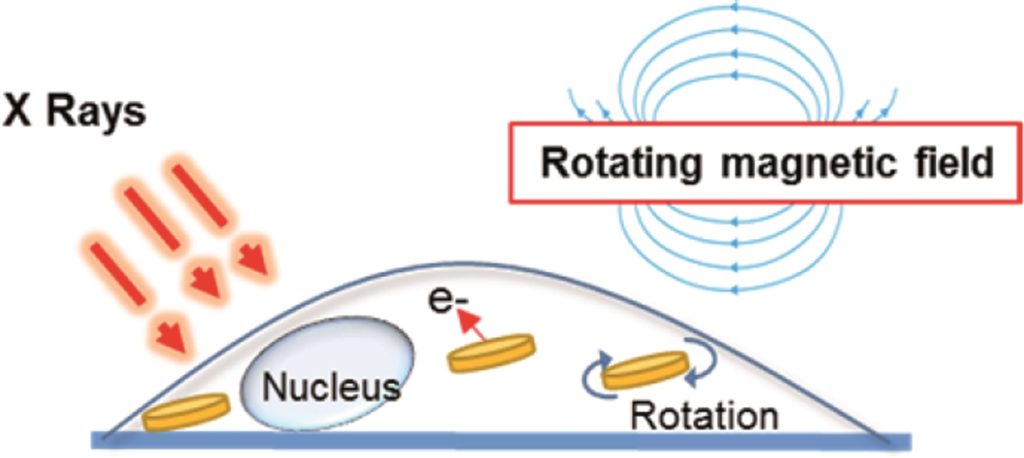









 Employed for close to 34 years at the University of Campinas (UNICAMP) in São Paulo, Brazil, Professor Meireles completed her PhD in Chemical Engineering at Iowa State University. Starting as an Assistant Professor in the School of Food Engineering in 1983, she has since become a Professor and has supervised 50 PhD dissertations, 30 MSc theses and approximately 72 undergraduate research projects. She has also coordinated scientific exchange projects between UNICAMP and European universities in France, Germany, Holland, and Spain. Angela has served as a Head of Department, as Associate Dean for Undergraduate Studies of Food Engineering and as Associated Director at the Chemical, Biological, and Agricultural Pluridisciplinary Research Center.
Employed for close to 34 years at the University of Campinas (UNICAMP) in São Paulo, Brazil, Professor Meireles completed her PhD in Chemical Engineering at Iowa State University. Starting as an Assistant Professor in the School of Food Engineering in 1983, she has since become a Professor and has supervised 50 PhD dissertations, 30 MSc theses and approximately 72 undergraduate research projects. She has also coordinated scientific exchange projects between UNICAMP and European universities in France, Germany, Holland, and Spain. Angela has served as a Head of Department, as Associate Dean for Undergraduate Studies of Food Engineering and as Associated Director at the Chemical, Biological, and Agricultural Pluridisciplinary Research Center.
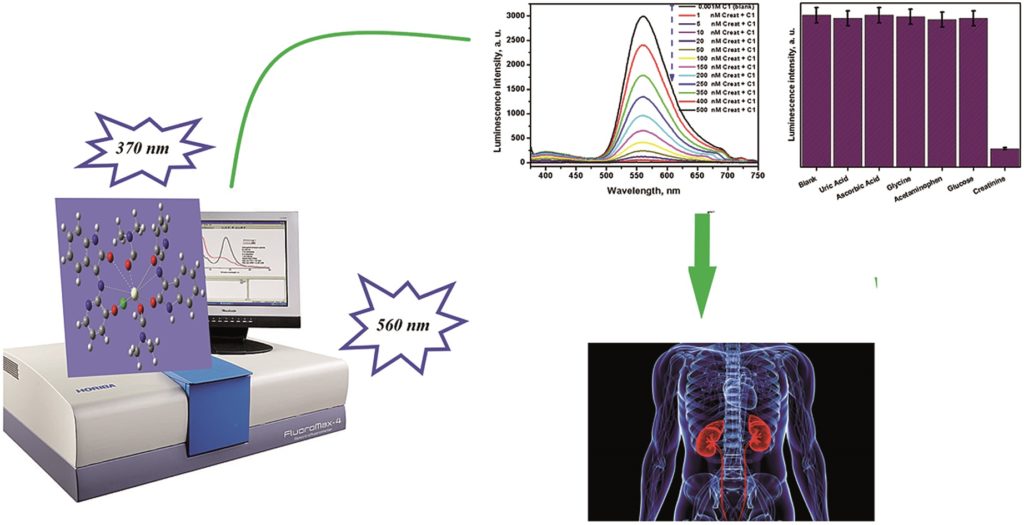












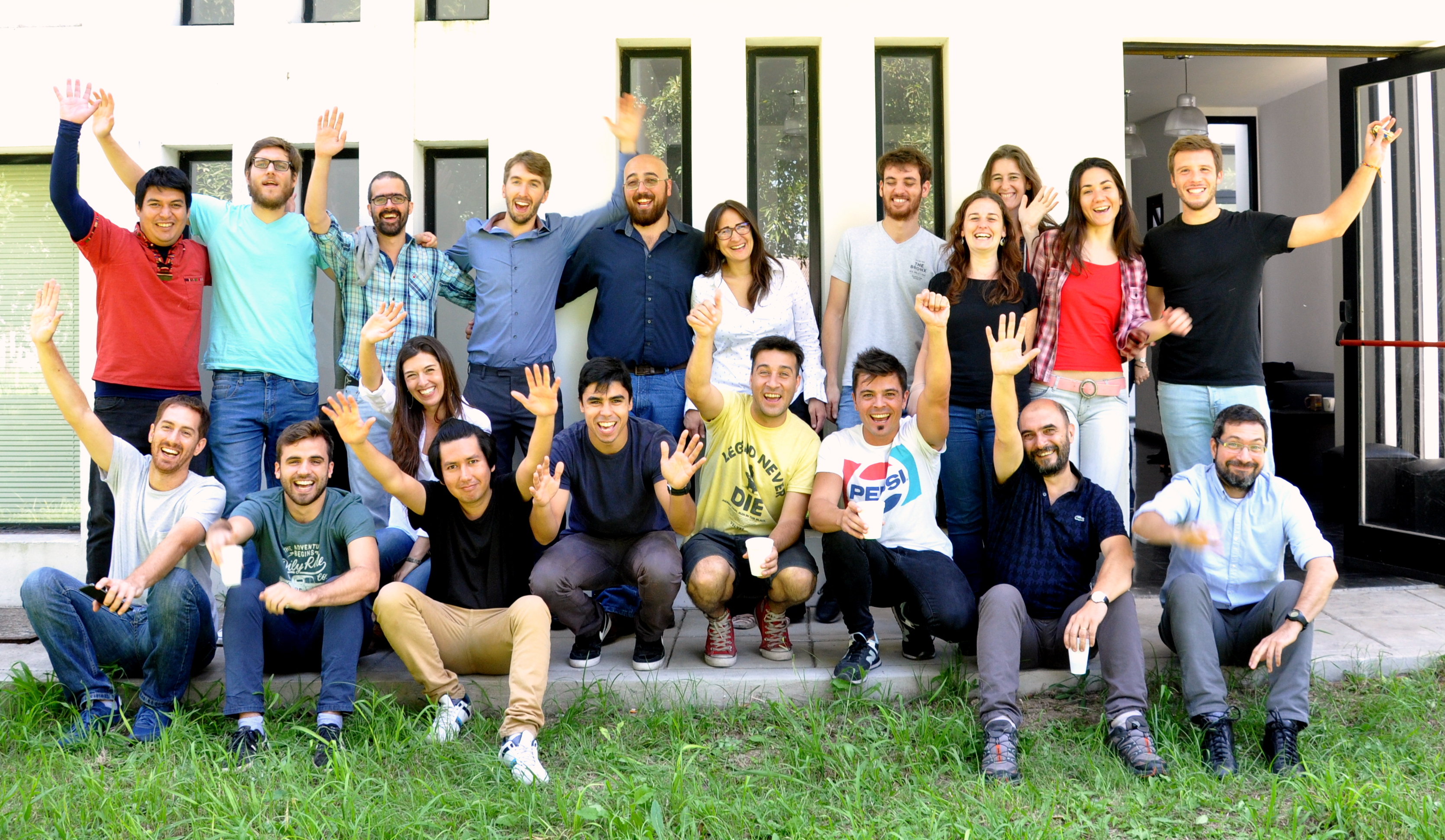
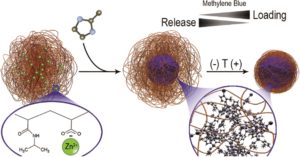
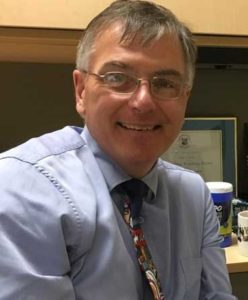 We are very pleased to introduce Gerrard Marangoni, corresponding author of the paper ‘
We are very pleased to introduce Gerrard Marangoni, corresponding author of the paper ‘